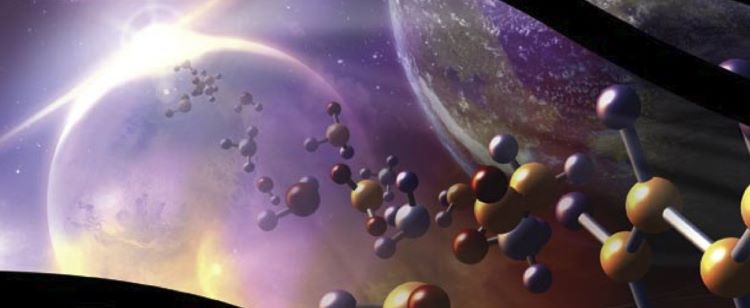Universe Today has proudly examined the importance of studying impact craters, planetary surfaces, and exoplanets, and what they can teach scientists and the public about finding life beyond Earth. Impact craters both shape these planetary surfaces and hold the power to create or destroy life, and we learned how exoplanets are changing our views of planetary formation and evolution, including how and where we might find life in the cosmos. Here, we will discuss how these disciplines contribute to the field responsible for finding life beyond Earth, known as astrobiology. We will discuss why scientists study astrobiology, also known as astrobiologists, challenges of studying astrobiology, and how students can pursue studying astrobiology, as well. So, why is it so important to study astrobiology?
Continue reading “Astrobiology: Why study it? How to study it? What are the challenges?”NASA is Working on Technology to 3D Print Circuits in Space

A collaboration of engineers from NASA and academia recently tested hybrid printed electronic circuits near the edge of space, also known as the Kármán line. The space-readiness test was demonstrated on the Suborbital Technology Experiment Carrier-9, or (SubTEC-9), sounding rocket mission, which was launched from NASA’s Wallops Flight Facility on April 25 and reached an altitude of approximately 174 kilometers (108 miles), which lasted only a few minutes before the rocket descended to the ground via parachute.
Continue reading “NASA is Working on Technology to 3D Print Circuits in Space”Astronomy Cast Ep. 399: Women in Science
Science is typically a male dominated profession, mostly dudes, not a lot of ladies. From researchers to professors, to law makers, woman have a tough time gaining traction in such a heavily gendered field. Today we’re going to talk about what it takes to make it as a woman in science, what additional hurdles you’ll have to navigate, and what resources are available if you’re being harassed or discriminated against.
Continue reading “Astronomy Cast Ep. 399: Women in Science”

